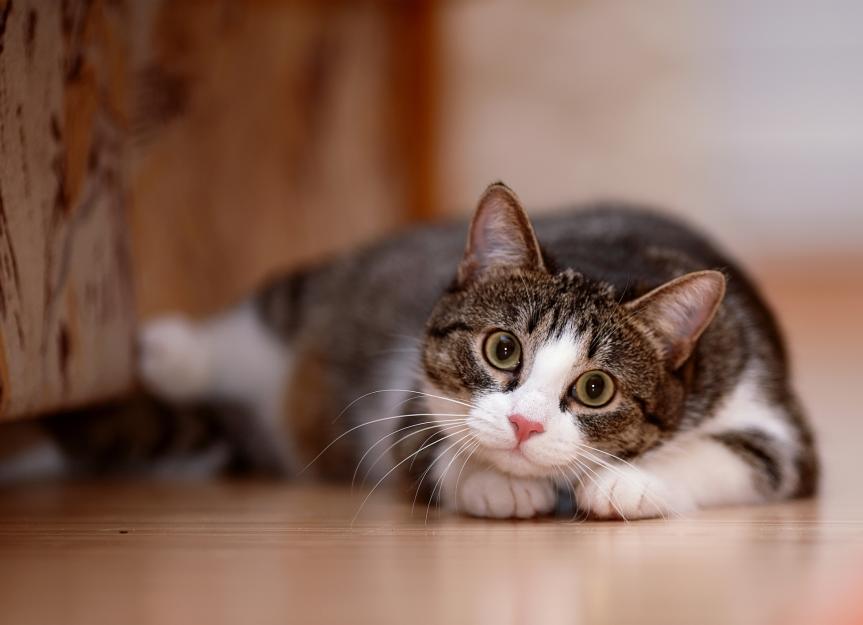By Amanda Baltazar
As feline obesity reaches alarming levels, the consequences extend far beyond mere physical discomfort. Overweight cats face an increased risk of serious health issues such as diabetes, arthritis, and even life-threatening fatty liver syndrome.
According to Kerri Marshall, DVM and executive vice president of customer experience with Trupanion, our feline companions are becoming increasingly rotund. This trend can largely be attributed to a shift from a lifestyle that includes outdoor exploration to one that confines cats indoors, significantly reducing their physical activity.
To help your furry friend shed those extra pounds and regain their former figure, focusing on both exercise and diet is paramount. Here are some essential strategies from Dr. Marshall to get started…

1. Understand Your Cat’s “Body Condition Score”
To assess your cat’s weight status, simply Google “cat body condition score,” and you’ll find a wealth of resources featuring side-by-side images for comparison. Dr. Marshall advises that you should be able to easily feel your cat’s ribs and spine. Pay special attention to the underbelly, where fat commonly accumulates.
2. Invest in High-Quality Cat Food
The quality of the food you provide can significantly impact your cat’s health. “Low-cost pet foods often contain excessive fat and lack essential nutrients,” warns Dr. Marshall. Research indicates that higher-quality cat food usually has better protein and nutrients, which are easier for your cat to digest. Additionally, premium brands avoid spraying food with fats for flavor enhancement, a common practice with cheaper alternatives.
Consult with your veterinarian for recommendations on quality cat food brands and appropriate portion sizes—most products also provide feeding guidelines on their packaging.
3. Incorporate Playtime into Daily Routines
Even with hectic schedules, it’s essential to carve out time for play with your cat. “Cats possess a natural play instinct,” says Dr. Marshall. Equip yourself with engaging toys such as feather wands and balls, and set up climbing structures to encourage exploration and activity. Aim for at least 10 minutes of play each day; if your cat is particularly elderly or overweight, start gradually and build up to this goal.
Once you initiate movement, you might be surprised by your cat’s newfound energy, as increased physical activity can sharpen their alertness.
4. Utilize Treats Wisely
Transform treat time into an adventure by hiding healthy cat treats throughout your home at varying heights. This encourages climbing and exploration. If your cat struggles to locate the treats, guide them during the first few attempts. Dr. Marshall advises caution when hiding treats if dogs or small children are present, and always opt for healthy treat options, carefully reviewing the ingredients.
5. Adopt a Gradual Weight Loss Plan
It’s crucial to proceed cautiously with weight loss. Dr. Marshall emphasizes the dangers of fasting; a cat that doesn’t eat for several days risks developing fatty liver syndrome, which could lead to liver failure. Moreover, rapid weight loss can provoke inflammatory responses in the lungs and joints or lead to hypoglycemia. Instead, Dr. Marshall recommends a gradual weight loss program, ideally initiated only after a thorough veterinary examination for any underlying health issues.
Explore More Resources at petMD.com
- Discover the Best Cat Food Options
- Learn How to Read a Cat Food Label






